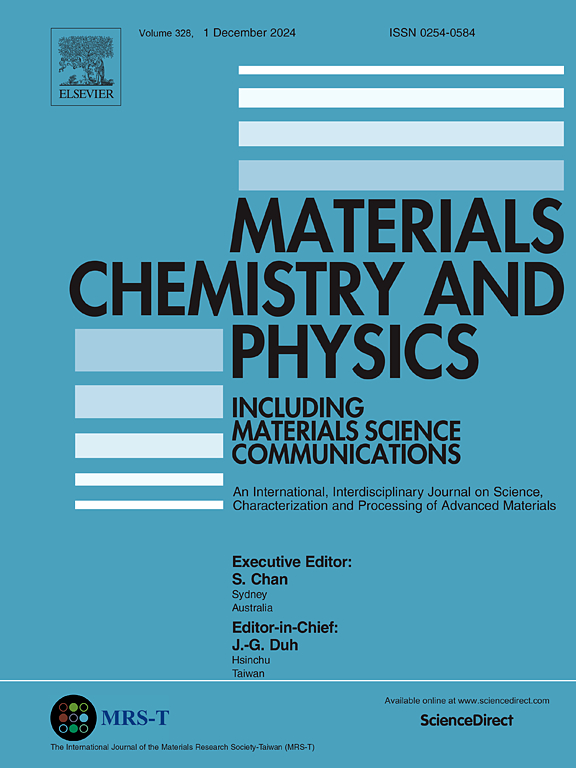Medical drug delivery analysis using molecular dynamics simulation of tomudex; thymidylate synthase inhibitor
IF 4.3
3区 材料科学
Q2 MATERIALS SCIENCE, MULTIDISCIPLINARY
引用次数: 0
Abstract
In this research work, we created and modeled a unique drug protection mechanism employing double-walled carbon nanotubes (DWCNTs) to improve medication stability and delivery efficiency. The research involved the investigation anticancer medication's shielding of the ZD1694 within seven layers of DWCNTs using molecular dynamics simulations. We aim to investigate the protective effect of DWCNTs by comparing how drug activity is influenced in shielded and non-shielded configurations under mechanical pressure from a gold-tip. The analysis involves computing key structural properties, such as the radial distribution function (RDF) and mean squared displacement (MSD), to evaluate spatial atomic organization and particle mobility. Shielded arrangements show a significant decrease in molecular deformation, with a substantial decrease in MSD (0.872 Å2) compared to unshielded configurations (2.39 Å2). The elastic modulus (EM) and shear modulus (GM) of the DWCNT-shielded system are significantly higher (EM: 3.17 × 10−2 GPa; GM: 4.76 × 10−2 GPa) compared to the non-shielded system. This indicates an enhanced ability to resist volumetric and shear deformations. These findings open the door for more sophisticated nanobot-based drug delivery systems by proving that DWCNTs can successfully protect medications from mechanical stress, reducing structural disruption and improving stability.
基于分子动力学模拟的tomudex药物传递分析胸腺苷酸合成酶抑制剂
在这项研究工作中,我们创建并模拟了一种独特的双壁碳纳米管(DWCNTs)药物保护机制,以提高药物稳定性和给药效率。该研究使用分子动力学模拟研究抗癌药物对7层DWCNTs内ZD1694的屏蔽作用。我们的目的是通过比较在金尖端的机械压力下,在屏蔽构型和非屏蔽构型下对药物活性的影响,来研究DWCNTs的保护作用。分析涉及计算关键的结构性质,如径向分布函数(RDF)和均方位移(MSD),以评估空间原子组织和粒子迁移率。与未屏蔽结构(2.39 Å2)相比,屏蔽结构的分子变形显著降低,MSD显著降低(0.872 Å2)。dwcnt屏蔽体系的弹性模量(EM)和剪切模量(GM)明显更高(EM: 3.17 × 10−2 GPa;GM: 4.76 × 10−2 GPa)。这表明抗体积和剪切变形的能力增强。这些发现通过证明DWCNTs可以成功地保护药物免受机械应力,减少结构破坏并提高稳定性,为更复杂的基于纳米机器人的药物递送系统打开了大门。
本文章由计算机程序翻译,如有差异,请以英文原文为准。
求助全文
约1分钟内获得全文
求助全文
来源期刊

Materials Chemistry and Physics
工程技术-材料科学:综合
CiteScore
8.70
自引率
4.30%
发文量
1515
审稿时长
69 days
期刊介绍:
Materials Chemistry and Physics is devoted to short communications, full-length research papers and feature articles on interrelationships among structure, properties, processing and performance of materials. The Editors welcome manuscripts on thin films, surface and interface science, materials degradation and reliability, metallurgy, semiconductors and optoelectronic materials, fine ceramics, magnetics, superconductors, specialty polymers, nano-materials and composite materials.
 求助内容:
求助内容: 应助结果提醒方式:
应助结果提醒方式:


